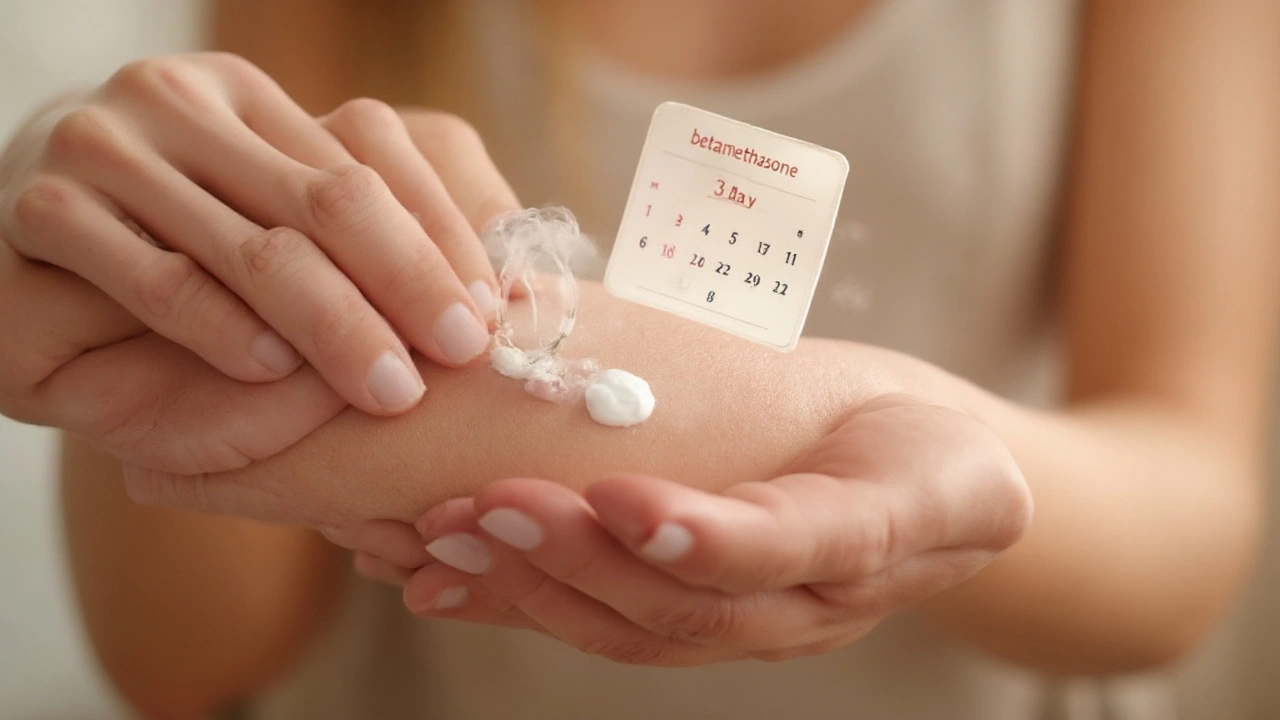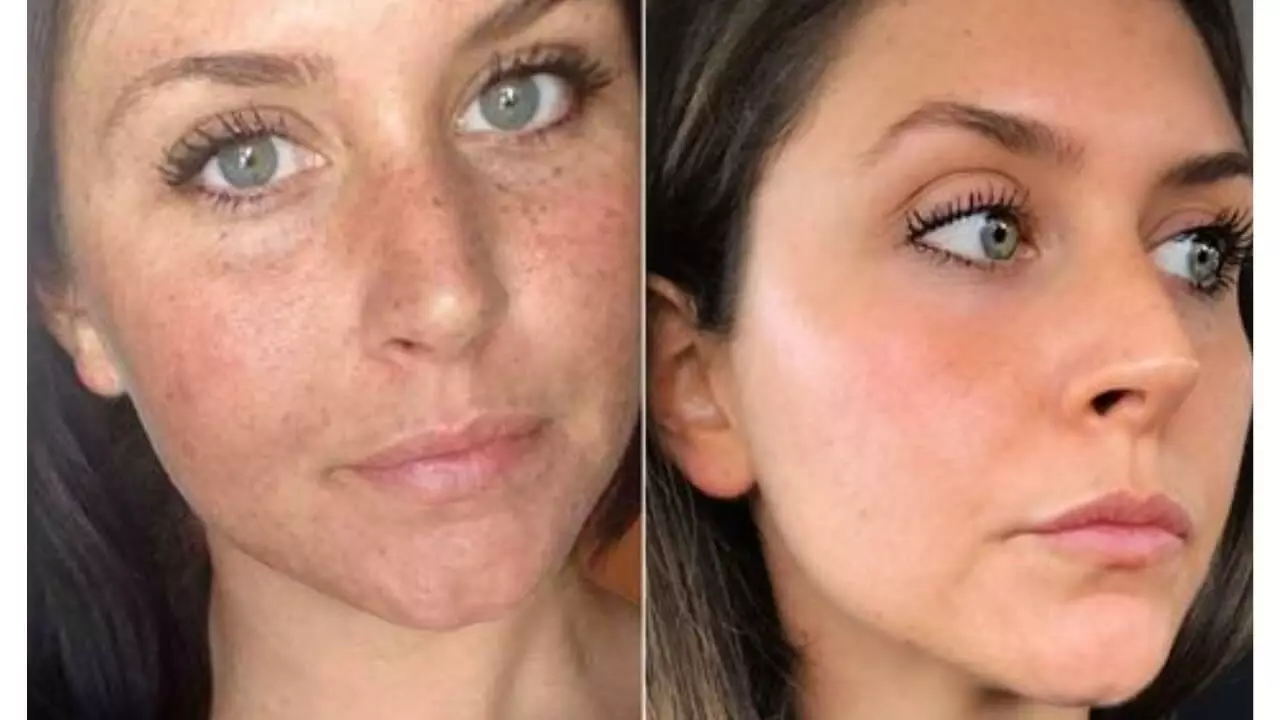How Fast Does Betamethasone Work on Skin Conditions?
Learn the typical time frame for betamethasone to start easing eczema, psoriasis, dermatitis and other skin problems, plus factors that speed or slow its action.
Betamethasone is a strong corticosteroid used to calm inflammation. You’ll see it as creams and ointments for skin problems and as injections or tablets for more serious conditions. It works by lowering immune activity that causes swelling, redness and itching.
If you’ve been handed betamethasone, you probably want to know how to get relief without causing harm. This page breaks down the common uses, simple dosing ideas, and the safety points most people miss.
Topical betamethasone treats eczema, psoriasis, contact dermatitis and other itchy, inflamed rashes. Apply a thin layer to clean skin, usually once or twice a day, unless your doctor says otherwise. Don’t cover the area with plastic wrap or tight bandages unless instructed — that increases absorption.
Injected or systemic forms are used by doctors for short courses in severe allergic reactions, certain autoimmune flares, or to help mature a baby’s lungs before early delivery. Those forms require medical supervision and exact dosing; don’t try to self-adjust.
For children, weaker steroid options or shorter courses are preferred because kids absorb more drug through skin and can have growth effects.
Topical side effects are usually local: skin thinning, stretch marks, lighter skin, and easier bruising. If a treated area becomes more red, painful or develops pus, infection could be hiding under the steroid — call your doctor.
Long-term or high-dose systemic use can cause weight gain, high blood sugar, mood swings, weakened bones, and adrenal suppression. That last one means your body may stop making natural steroids, so doctors taper doses rather than stopping abruptly after long treatment.
If you have diabetes, monitor glucose closely. If you’re due for vaccines, tell your provider — live vaccines can be risky on high-dose steroids and some vaccines may be less effective.
Avoid getting topical betamethasone in your eyes. Use only ophthalmic formulas for eye problems. And don’t apply it to infected skin unless a doctor prescribes an antibiotic too.
Store creams at room temperature and keep injectable forms as your pharmacist instructs. Check expiration dates — potency drops over time.
When to call your doctor? If the rash spreads, if you get fever, increasing pain, sudden weight gain, severe mood changes, blurred vision, or any signs of infection. Also speak up if you need long-term treatment — there are safer plans to limit risks.
Buying meds online? Use licensed pharmacies that ask for a prescription. Avoid sites that sell powerful steroids without one.
Betamethasone helps a lot when used correctly. Use the lowest effective dose for the shortest time, follow your doctor’s instructions, and check in if anything feels off.

Learn the typical time frame for betamethasone to start easing eczema, psoriasis, dermatitis and other skin problems, plus factors that speed or slow its action.

As a blogger who's always curious about skincare, I recently came across the topic of Betamethasone and its effects on acne. After some research, I found that Betamethasone is a potent corticosteroid that can help reduce inflammation and redness. However, it's important to note that it's not specifically designed for acne and should be used with caution. In some cases, it might even make acne worse by increasing oil production or causing skin thinning. So, if you're considering Betamethasone for your acne, it's best to consult with a dermatologist first to ensure it's the right treatment for you.